It’s unclear to me what audience LEGO 2K Drive is intended for. It’s very capable at what it does, but it also seems to be an effort to shove a whole lot of best practice big game stuff into a package, and in doing so comes across as a little at odds with itself.
For instance, consider core racing. LEGO 2K Drive is both fast and furious and also surprisingly technical. At a very basic level, it’s a reasonably free-roaming racing game where your vehicle will shift between ground, water, and off-road as the circumstances on the track demand it. Meanwhile, you’re actively trying to crash through scenery to generate and collect LEGO blocks (which build your boost meter). You also grab and deploy powerups, and get around a track with two different sharp turn options (a powerslide and a handbrake turn, for even sharper corners). It’s like if Mario Kart went block-shaped, had destructible environments, and had the explosive energy dialled up to 11.
This is all very good, but also a little confusing given the youthful presentation. To be blunt here, for a game that looks like it should be fun for all ages, this thing will be overwhelming to younger players. The energy is far too frenetic, and the AI is punishing, even on the very lowest difficulty. It’s far too easy to lose track of what’s going on during the busiest moments, and the game is enormously demanding of racing skills (and punishing of mistakes). More experienced players will find themselves slotting comfortably into the rhythm, but LEGO 2K Drive is nowhere near as accessible as it looks like it should be.
So it’s more for adult and hardcore audiences, then. That’s fine in theory too. Millennials with kids are probably the biggest audience for LEGO anyway, with the kid being the excuse for the parent(s) to buy and then play with the LEGO. It’s probably a smart marketing decision to make a game that a millennial can buy with the excuse of playing it with their kid, only to make it their own once the kid gets frustrated with it.
That doesn’t really explain the game’s humour, though, which is that relentlessly aggravating, unsubtle combination of juvenile puns and fourth-wall-breaking humour that tends to make the millennial eyes roll. In other words, while the gameplay is pitched at a reasonably mature audience, the humour is tailored to a much younger demographic. LEGO 2K Drive has a massive story mode. It’s the game’s main feature. And yet I’m really struggling to think of a game where I wish I could skip over the narrative bits more than this one.
Indeed, I’m questioning the wisdom of having a story mode at all, given that you need to not only put up with the humour, but also an open world structure. LEGO 2K Drive has a big open world, split into multiple regions. And yet it does nothing meaningful with any of the massive amounts of real estate. You’ll pull up the map, find icons that represent activities to do, and beeline over to them. And then you’ll look for the next task. It’s a glorified menu… only that with a menu, you’ve made your selection in seconds. Here, it can take a minute or more just to navigate over to the activity that you want to option. Furthermore, half the time those activities are pointless busywork that exists purely to slow you down between “story” missions. Yes. There’s an “experience level” mechanic that locks away races until you’ve reached the “right level,” thus forcing you to play these side distractions. None of this deepens your connection to the game. The world is deeply uninteresting and empty beyond the icon chasing. It’s just the latest example of bloat where it’s unnecessary to hit a checklist for the back of the game box.
Take the “quests” for example. You can drive up to random LEGO characters and listen to their tales of woe, and then help them out by completing a little mission. The first one of these really sets the tone for their quality, however. In it, you need to scour the city to look for a specific character to pick up and drive back to the quest-giver. That’s right. In a game that is otherwise all about racing at speed and smashing through things, you’re going to find yourself regularly doing given tasks where you inch around a city, observing how utterly empty it really is, because the quest forces you to play at a slow pace. And for what? Are you learning lore about the world? Does it provide a fun anecdote or interesting characters? Does it add anything to the experience? No. It’s there because big game development demands big open world games. In most cases, the only way to make a big open world game work is through busywork, and so we have an unnecessary open world shoved into a glorified kart racing game.
LEGO 2K Drive shines when you actually race, and that’s because when it’s allowed to behave like a kart racer it comes into its own. The chaos is incredible, and there is a lot of room to become very skilful in grappling with the chaos. There’s a good mix of items, the tracks are nicely designed, and the customisation is as good as you would expect from a LEGO game. There are a bunch of pre-built vehicles that you can unlock and adopt – the favourite being the wood-fired pizza truck – and then you can get creative with your own ideas and “loadouts” too.
There’s a practical purpose to spending time in the workshop building your ideal ride. Different vehicles will have different handling capabilities, top speeds, and weight, and this stuff really matters. Your vehicle will also fall to pieces as it takes damage, too, so you’ll need to factor that in before thinking that a flimsy, light vehicle has an advantage over heavier vehicles. Of course, if the car does lose some pieces from an errant missile or similar, you can always smash through some scenery, since the blocks will then repair your vehicle for you.
Sadly this is a 2K game, and that does mean some of the most aggressive post-purchase monetisation you can imagine. Yes, sure, in theory, you’ll earn enough “premium” currency to buy one or two of the really neat things in the “premium” store, but more likely you’ll just reach for the credit card to get it over with. Thankfully the complexity of driving does puts this game out of the reach of children otherwise LEGO 2K Drive would seem really slimy. Even still, I would argue that while I’m generally okay with DLC when it’s genuinely optional and won’t inhibit the experience if you don’t, customisation options are not optional in a LEGO game. Way too much of the core appeal of this thing is locked behind a monumental grind or credit card debt for my liking.
The saving grace for me is the “alternative” modes. The Cup Series is a basic competition mode allowing you to race across several races for points. It’s what we’ve seen in the likes of Mario Kart for generations and really should have been the focus of the development team for LEGO 2K Drive as well. Sadly, as good as these are, there are only four “cups” and three difficulty classes, so it’s pretty limited.
There are also six minigames that offer little horde experiences where you need to protect towers from attacking enemies or rescue townsfolk from marauding enemies. These are fun in multiplayer, but are only going to be a momentary diversion for the solo driver. A lack of time trial as an option is really disappointing, and given how technical the racing lines can be in the game, that feature would have been a welcomed challenge that many players would have gotten really stuck into.
The open world format really lets LEGO 2K Drive down. It’s disappointing that all those development resources went into a pointless “story” when the developers could have focused on giving players more awesome tracks and cups to enjoy. The underlying racing mechanics are so very entertaining. Instead, though, we have a familiar story: a massive space to “explore” but no meaningful reason to do so. Developers, if all you’re going to do with open worlds is dump busywork on players and use it to pad out the number of hours it’ll take them to finish the game, then find a different format. Not everything needs an open world, and I would argue that arcade “kart” racers are a good example of that.
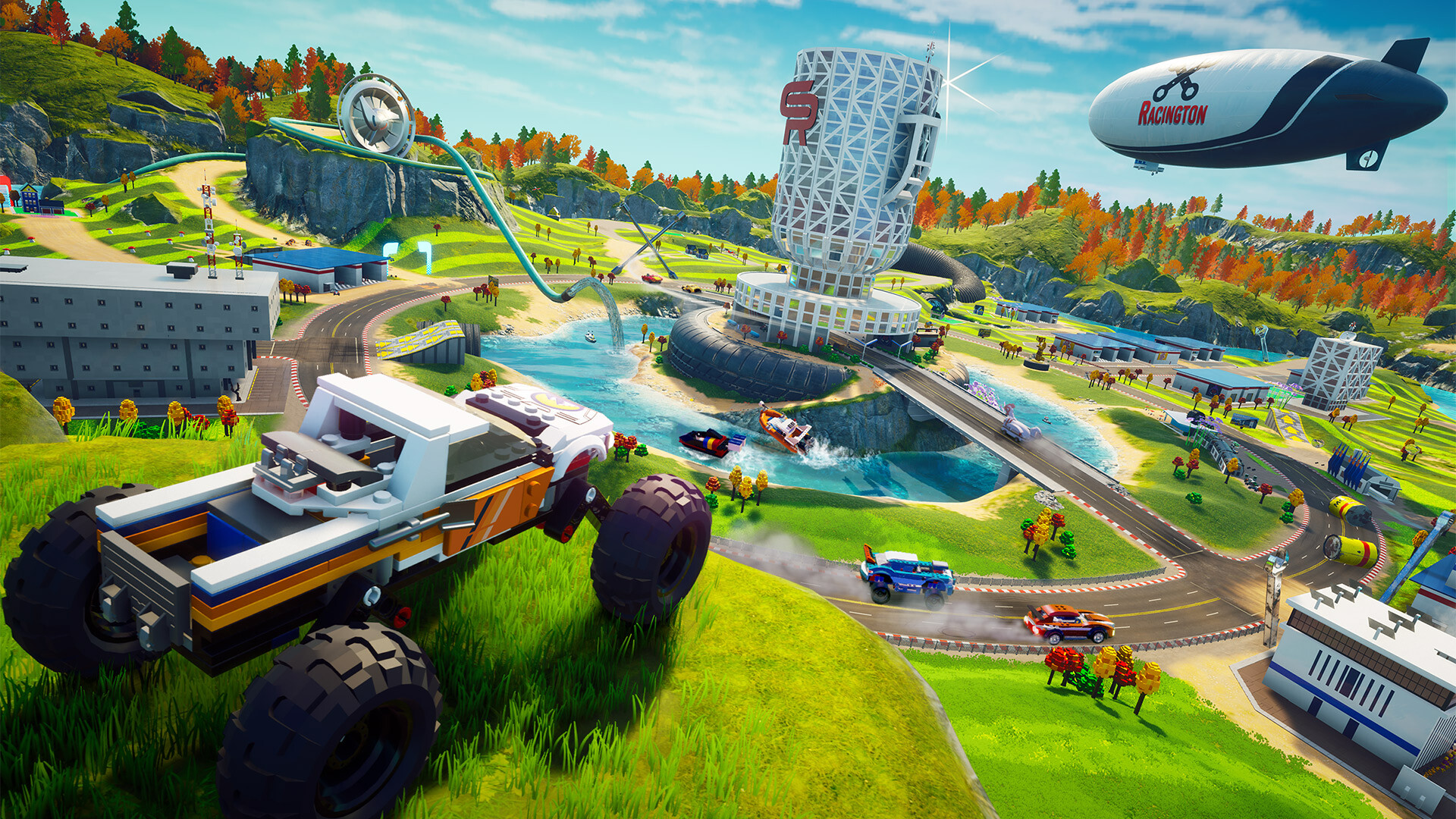


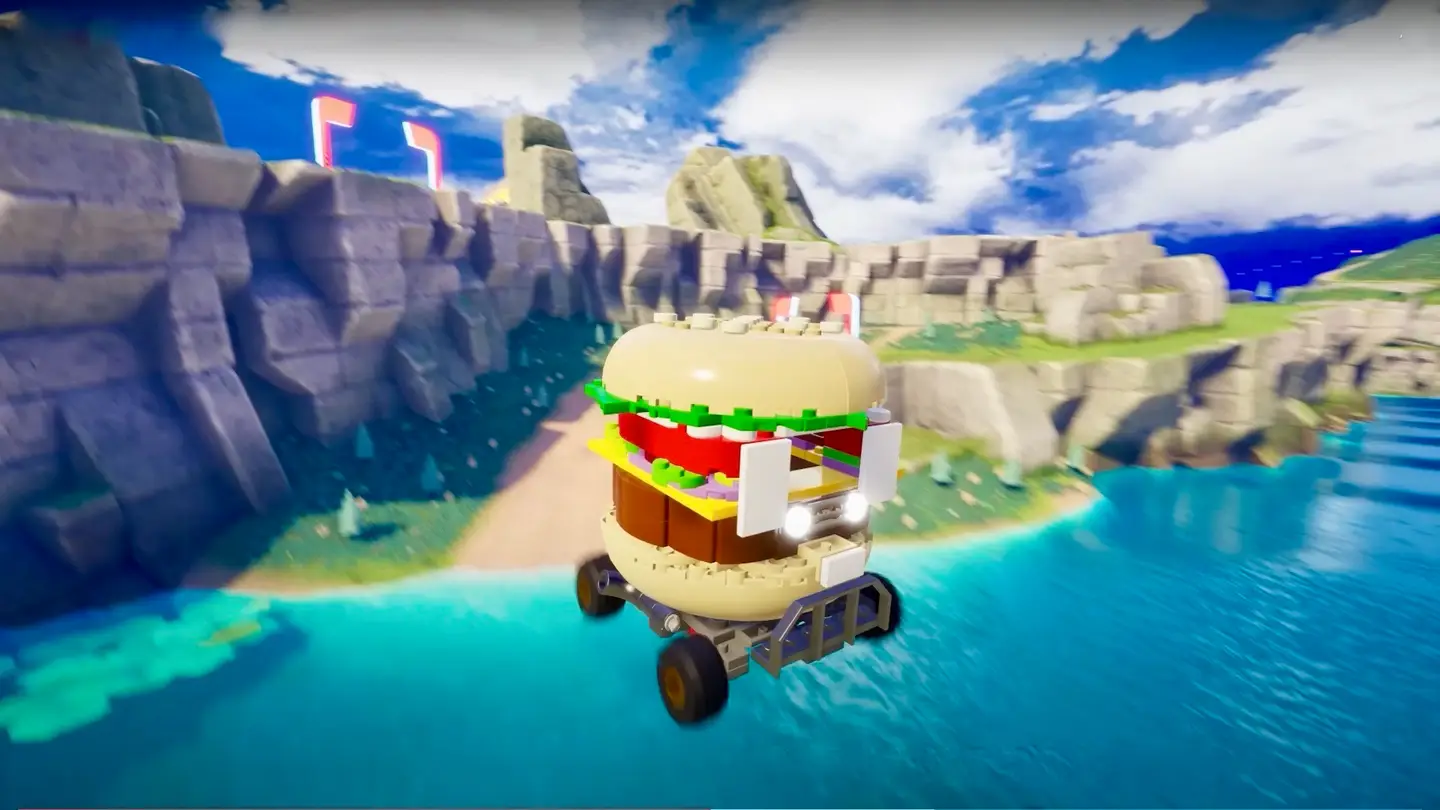
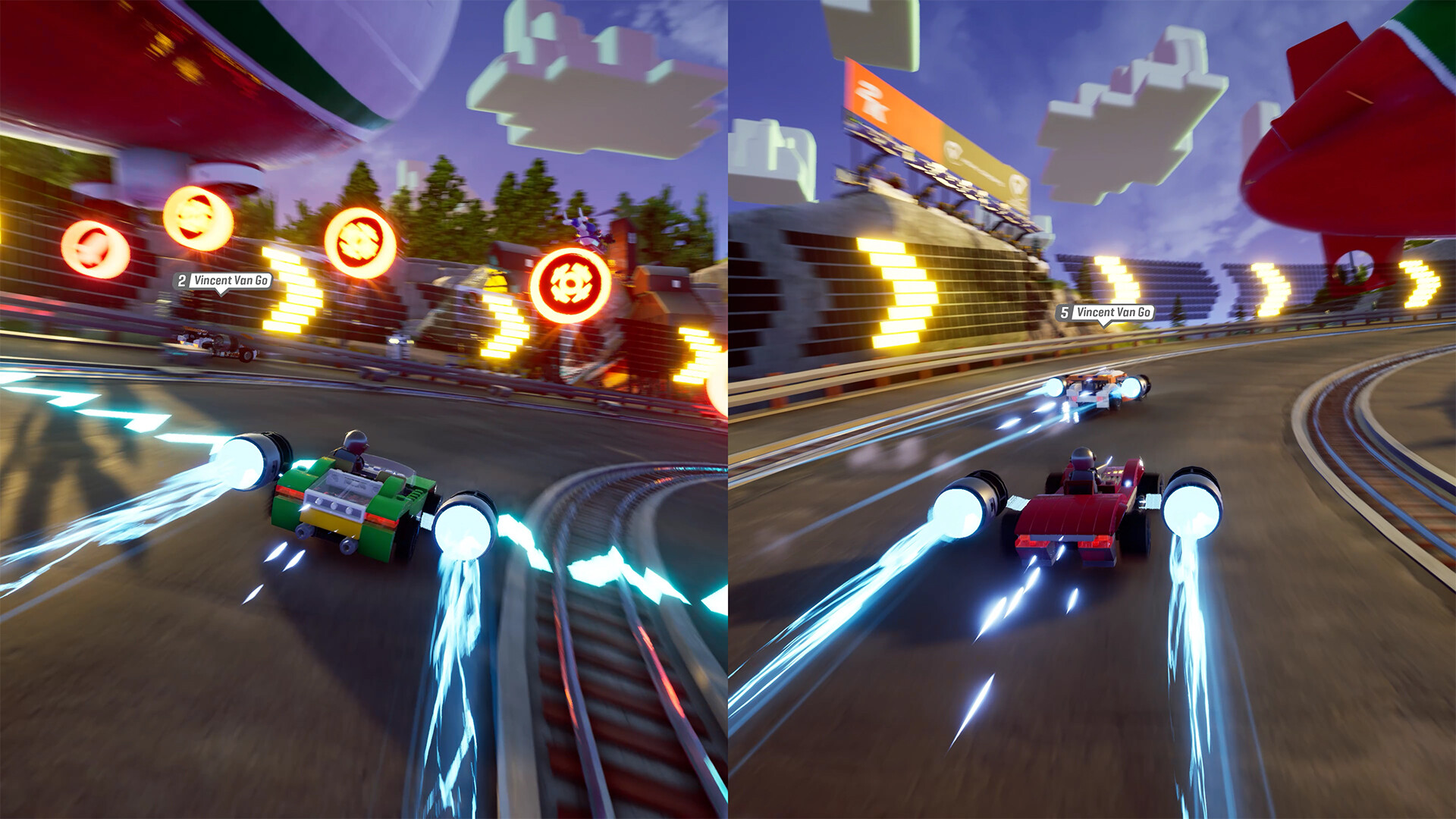
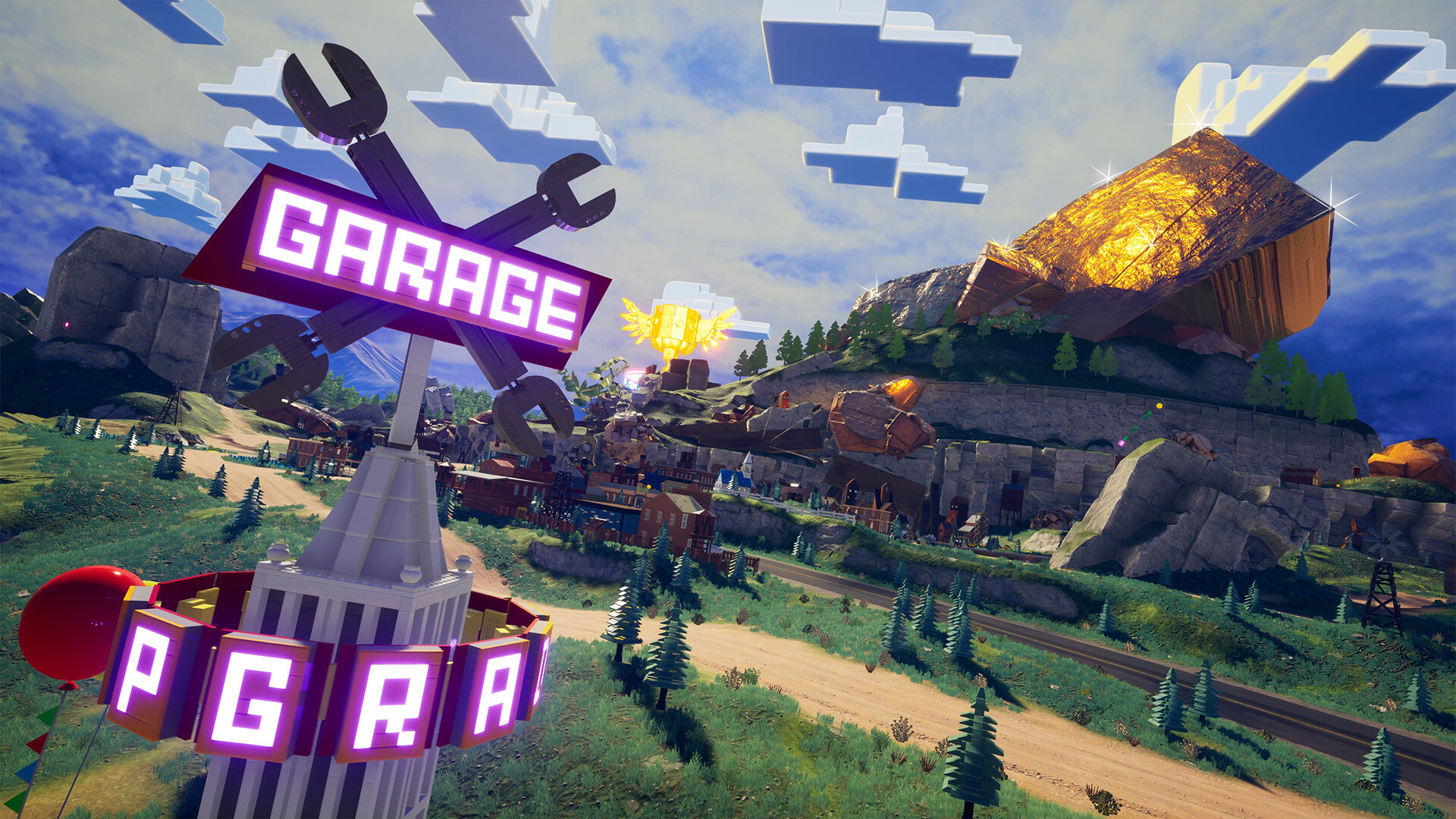

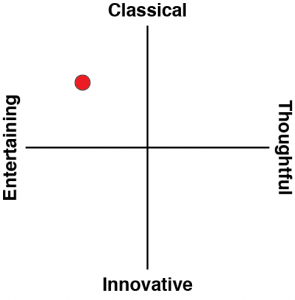
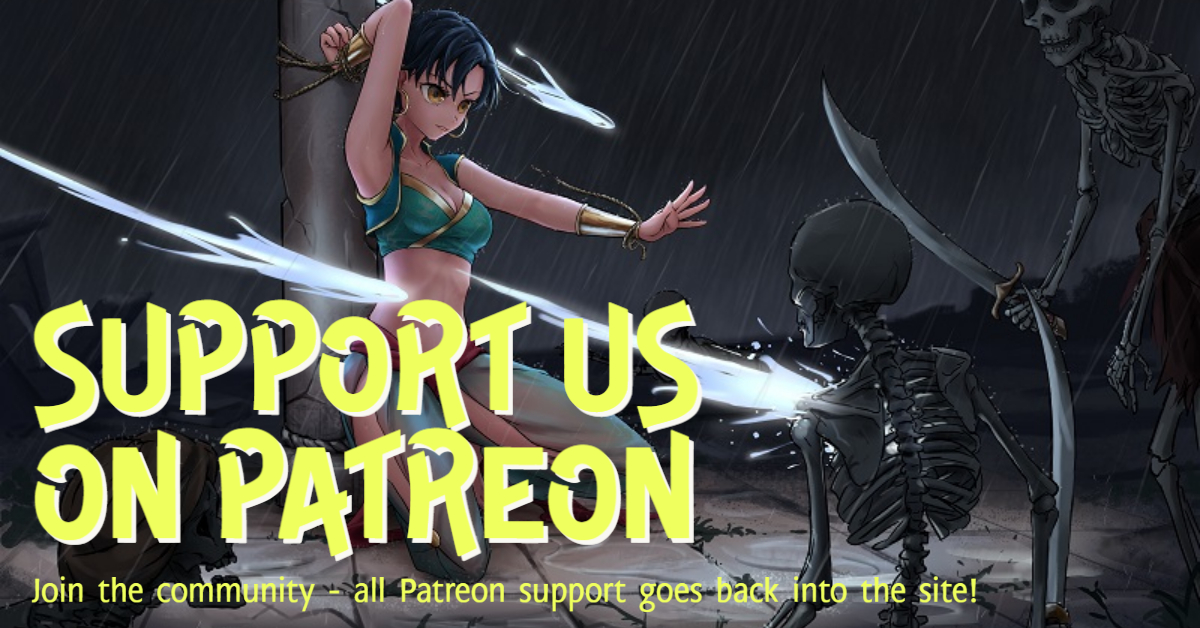




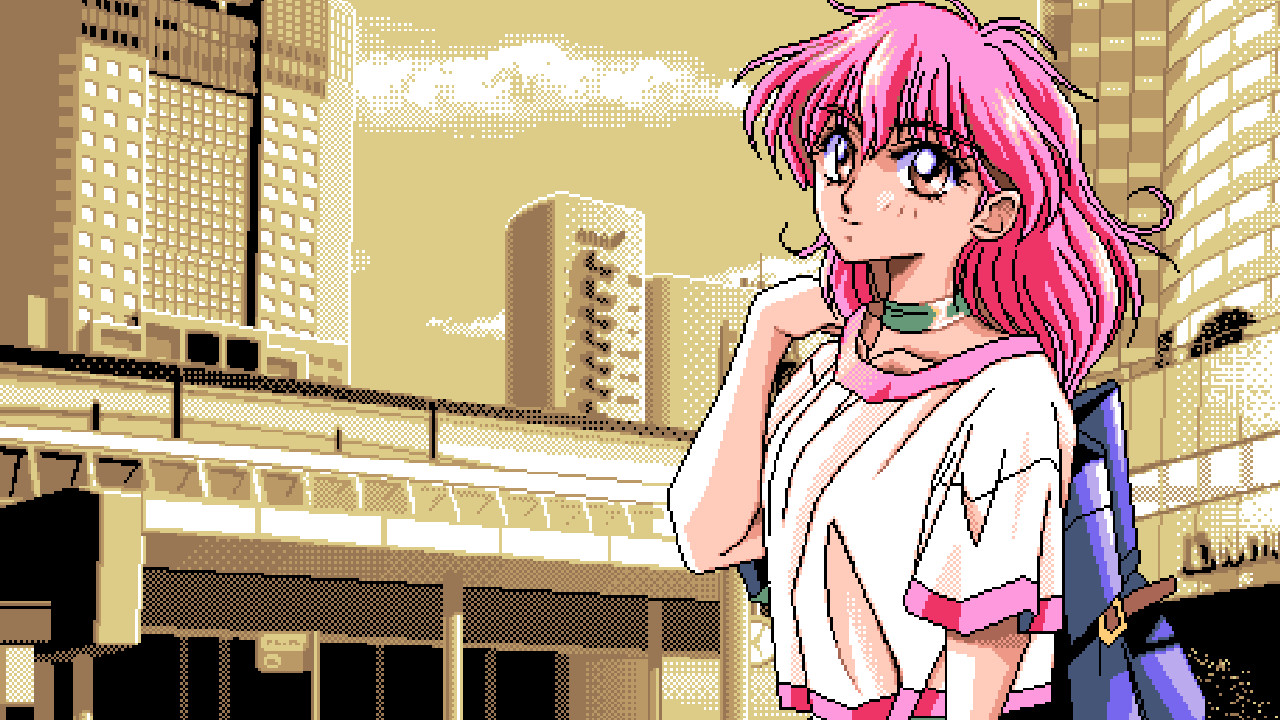


Looks a lot of fun to me, and I would have no problem ignoring the mtx. However, the core game is too expensive for me to buy here at launch — and actually I find the pricing of the $70 USD Standard Edition (for PS5) and $100 Awesome Edition (Standard + Year 1 Drive Pass) offensive and unconscionable for a game that is so reliant on microtransactions — where they are so pervasive throughout the game. I strongly believe that games whose economy is based on these massive-scale microtransactions should be priced somewhere between $0-40 USD at launch, depending on how necessary those mtx are to fully enjoy the game. The greed here is depressing, and sours my impression of the fun. I’ll pick this game up for $10-20 one day, if they get around to discounting it to that price-level.
Yeah, sadly, 2K has sadly become the absolute worst at this. I am deeply concerned about the next Civilization game in particular.